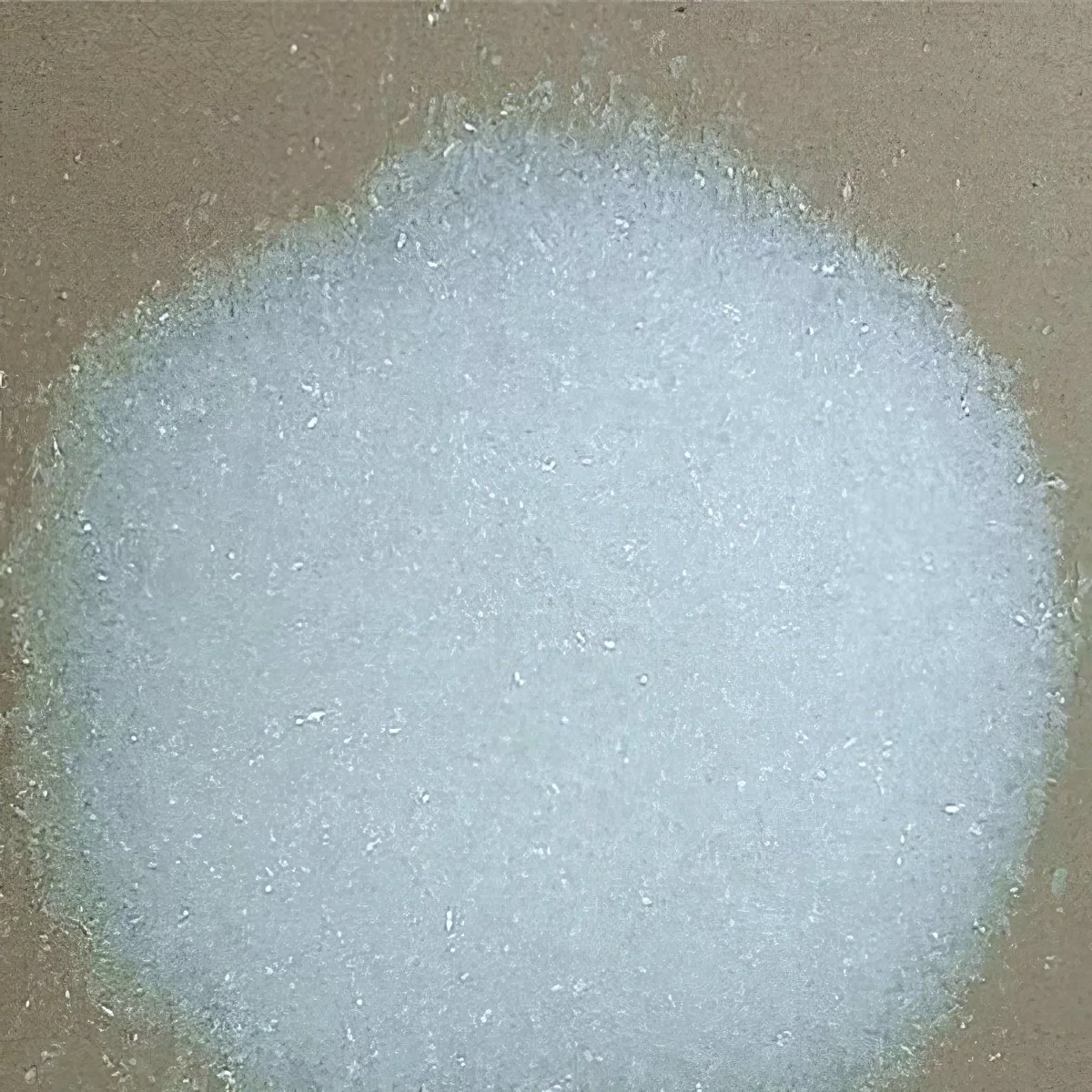



Chemicals for Effective Swimming Pool Water Treatment and Maintenance Solutions
A Comprehensive Guide to Swimming Pool Water Treatment Chemicals
Maintaining a sparkling clean swimming pool requires more than just regular cleaning and skimming; it necessitates the careful balance of water chemistry. Achieving and maintaining proper water balance ensures a safe and enjoyable swimming experience. Understanding the various swimming pool water treatment chemicals is crucial for pool owners. This article explores the essential chemicals for maintaining pool water quality, their purposes, and tips for effective use.
1. Chlorine The Heart of Pool Sanitation
Chlorine is the most widely used sanitizer in swimming pools. It effectively kills harmful bacteria, viruses, and algae, making the water safe for swimmers. Chlorine comes in various forms liquid (sodium hypochlorite), granular (calcium hypochlorite), and tablets (trichloroisocyanuric acid). The choice depends on the pool type and owner preference.
To maintain proper chlorine levels, it's essential to test the water regularly. The ideal free chlorine level in the pool should be between 1 to 3 parts per million (ppm). Low chlorine levels can lead to algae growth and cloudy water, while high levels can cause skin and eye irritation.
2. pH Balancers Acid and Base
Maintaining the correct pH level is critical for swimmer comfort and the efficacy of chlorine. The pH scale ranges from 0 to 14, with 7 being neutral. For swimming pools, the ideal pH level is between 7.2 and 7.8.
When the water is too acidic (pH below 7.2), it can corrode pool equipment and irritate swimmers' eyes and skin. In this case, pH increasers, typically made from sodium carbonate (soda ash), can be used. Conversely, if the water is too alkaline (pH above 7.8), pH decreasers like sodium bisulfate or muriatic acid are utilized to bring the levels back into balance.
3. Algaecides Preventing Algae Growth
Algae can quickly turn a beautiful pool into a murky mess, making algaecides vital for pool maintenance. These chemicals help prevent algae growth and tackle any existing algae problems. There are several types of algaecides, including copper-based and quaternary ammonium compounds, each targeting specific types of algae.
It’s essential to use algaecides as a preventive measure, especially during warmer months when algae thrive. Regular testing and monitoring of water conditions can help determine the need for algaecide application.
swimming pool water treatment chemicals

4. Calcium Hardness Increasers Protecting Pool Surfaces
Calcium hardness refers to the level of dissolved calcium in the water. Proper calcium levels prevent corrosion of pool equipment and surfaces, as well as scaling on tiles and the pool bottom. The ideal calcium hardness level is usually between 200-400 ppm.
If water hardness levels are too low, calcium hardness increasers — typically calcium chloride — can be added to the pool. Low hardness can lead to staining, etching of plaster, and corrosion, while high hardness can cause cloudy water and scaling.
5. Stabilizers Protecting Chlorine from Sunlight
Stabilizers, often in the form of cyanuric acid, are essential for outdoor pools. They protect chlorine from being broken down by the sun's ultraviolet (UV) rays. Without stabilizers, chlorine levels can drop significantly, leading to unsanitary water conditions.
The recommended stabilizer level is between 30-50 ppm. It’s crucial to regularly check stabilizer levels, especially after heavy rain or pool water changes.
6. Shock Treatments Superchlorination
Shock treatments, or superchlorination, involve adding a high dose of chlorine or non-chlorine shock to the pool to quickly eliminate contaminants. This process is particularly important after heavy usage, rainstorms, or algae blooms. Shocking the pool helps restore clarity and sanitize the water effectively.
Shock treatments should be performed regularly, typically once every one to two weeks, depending on pool usage and environmental factors.
Conclusion
Understanding swimming pool water treatment chemicals is essential for every pool owner. Regular monitoring and adjustment of chemical levels ensure a safe, clean, and inviting swimming environment. By familiarizing oneself with these chemicals and their functions, pool maintenance can become a manageable task, allowing for countless hours of enjoyment during swim season. Always follow safety instructions and consider consulting a professional if pool maintenance becomes overwhelming. With the right knowledge and the proper chemicals, maintaining a pristine pool is within reach.
-
Why Sodium Persulfate Is Everywhere NowNewsJul.07,2025
-
Why Polyacrylamide Is in High DemandNewsJul.07,2025
-
Understanding Paint Chemicals and Their ApplicationsNewsJul.07,2025
-
Smart Use Of Mining ChemicalsNewsJul.07,2025
-
Practical Uses of Potassium MonopersulfateNewsJul.07,2025
-
Agrochemicals In Real FarmingNewsJul.07,2025
-
Sodium Chlorite Hot UsesNewsJul.01,2025










